PROJECTS
2021/22 Yearly Delivery Plan Projects
Integrated Water Management Planning for small towns across the Central Highlands (on ground works)
Lead organisation – Golden Plains Shire in partnership with Central Highlands Water
Utilising both the strategy and guide that were developed with the previous round of funding, this project delivered an “on-ground” component to project. Installation of a water tank and rain harvesting via a rain garden attached to a community facility served as a demonstration site showcasing water saving opportunities and application of IWM principles to the local community.
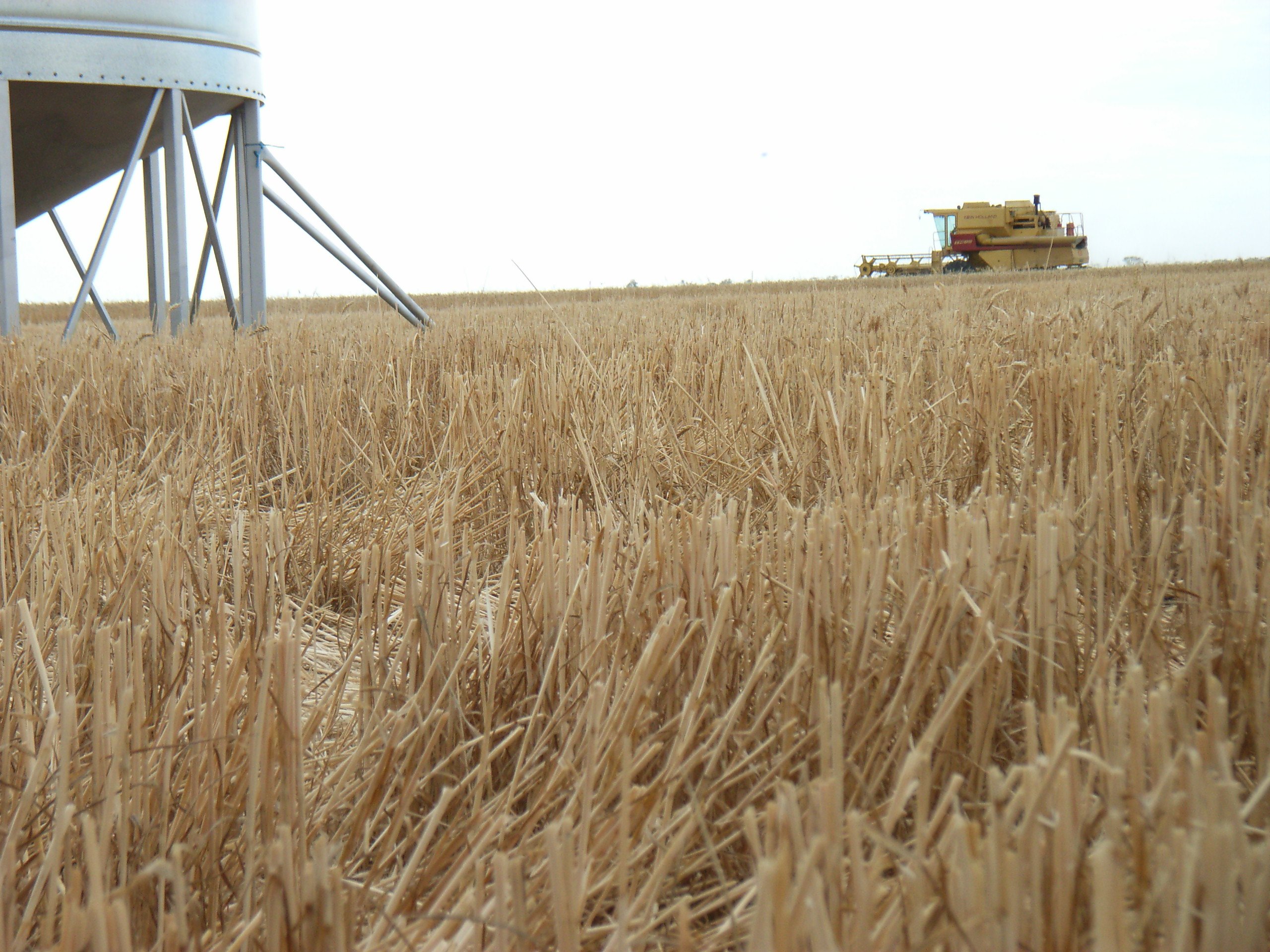
Risk, Profitability and Resilience in a changing climate (Contemporary Grazing)
Lead organisation – Stipa Native Grass Association Inc
This project, expanded on the previous capability project from the 20/21 funding round.
Training focused on mixed farming enterprises in the 300-400mm rainfall regions, building business and enterprise resilience in response to climate change and associated variable seasons.
Landscape Genomic analyses of Grampians Region biodiversity – a management framework
Lead organisation – Deakin University
This project expanded on the existing Deakin University project “Landscape genomic analyses of Grampians Region biodiversity – a management framework” from the previous round of funding.
Building an understanding of endemism, patterns of movement of wildlife and connectivity patterns of wildlife communities in the Grampians Region, the project will help to ensure responses to climate change are coordinated, resourced and evidence based and biodiversity and natural ecosystems are protected and resilient.
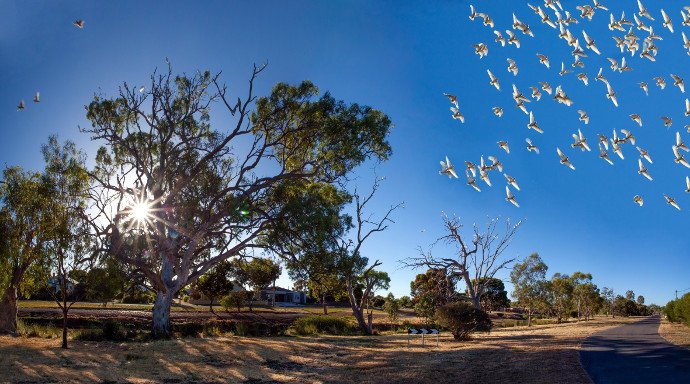
Expanding the Hepburn Z-NET Model into Climate Change Adaptation
Lead organisation – Hepburn Shire Council
This project leveraged and expanded on the Hepburn Z-NET mitigation model (the first zero-net emission shire in Australia) to develop an approach to climate change adaptation that is place-based and locally appropriate.
It provides a replicable process for other regional local government areas (LGAs).
Visit www.z-net.org.au to find out more
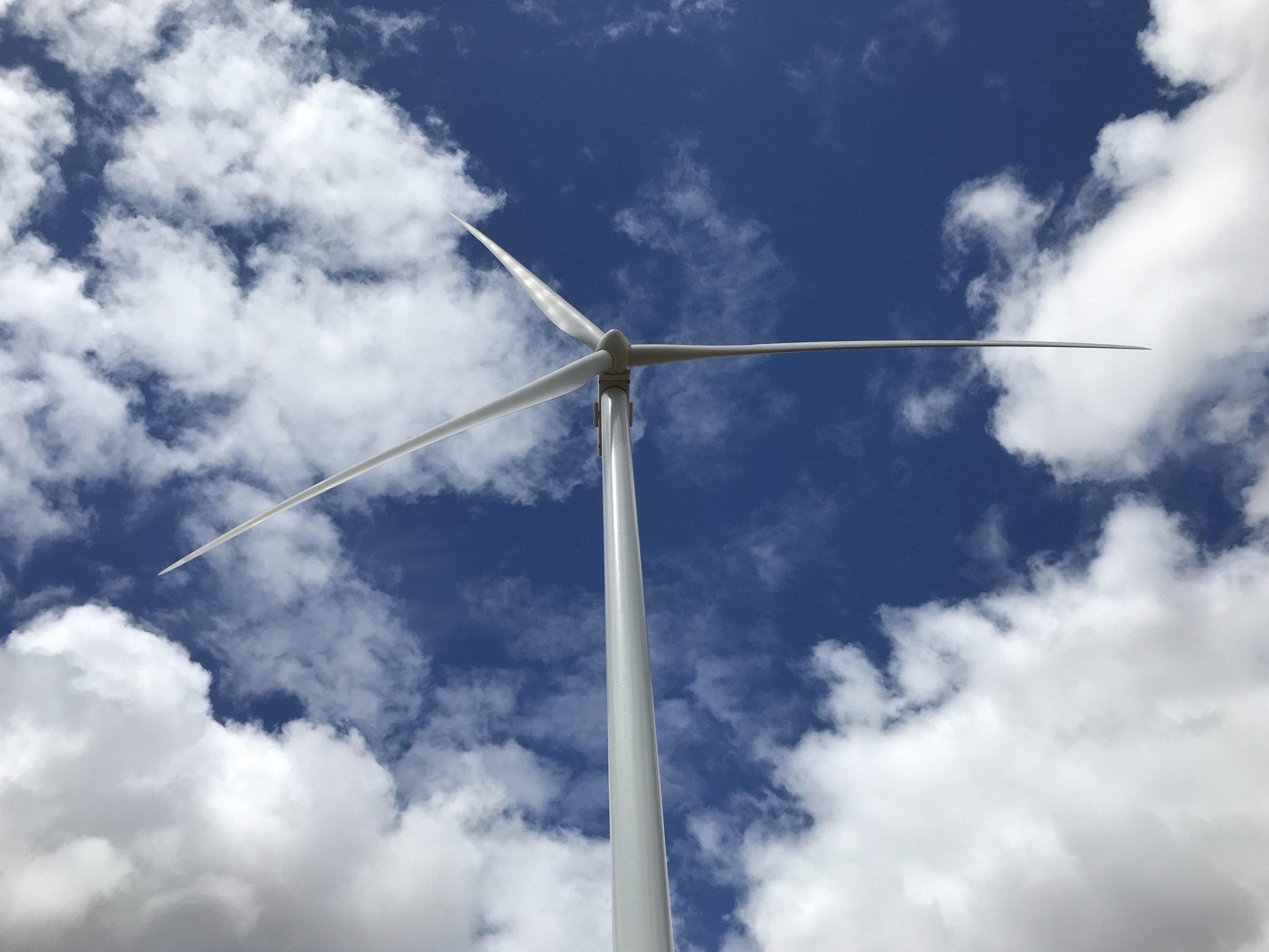
Community Conversations on Climate Change
Lead organisation – Buloke and Northern Grampians Landcare Network
This project engaged communities in the St. Arnaud region to normalise the conversation about climate change, inspiring/empowering local leadership, and encouraging ideas and action around the themes of climate adaptation, resilience, and community led solutions.
A series of educational conversation sessions were held centred on the climate resilience themes of biodiversity, agriculture, economy (resource utilisation) and health and wellbeing.
Urban trees – making choices for a changing climate
Lead organisation – Ararat Landcare Group
With the aim of guiding planning for urban trees in our local towns and villages for the next 5-10 years this project developed communication material and engaged the Ararat community on how street trees and private spaces can be used to modify the local microclimate.
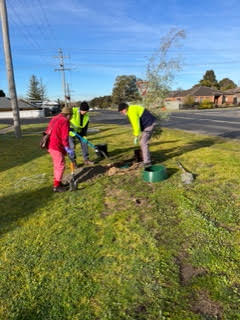
2020/21 Yearly Delivery Plan Projects
Webcam – early fire protection feasibility study
Lead organisation – Wimmera Development Association (WDA)
This project examined the effectiveness of an existing web camera on Mt. Elephant currently operated by the local CFA, in detecting fires and monitoring weather events.
The report included an estimate of installation and maintenance costs and a recommendation on suitable sites for a small number of cameras to be installed in a potential future demontration project.

Integrated Water Management Planning for small towns
Lead organisation – Golden Plains Shire
Integrated Water Management (IWM) plans have been produced for a number of medium to large towns across Victoria, however there are many small towns in the Central Highlands region that are not covered by a dedicated IWM plan.
In 2019, a group of Councils (Central Goldfields, Golden Plains, Moorabool & Pyrenees), Central Highlands Water and DELWP worked together to develop guidelines for everyone in the region to use, which will help implement works that align with IWM principles.

Goldfields Little Creeks Climate Adaptation Restoration Guide
Lead organisation – Bunanyung Landscape Alliance
The Goldfields Little Creeks region has hundreds of linear kilometres of small, headwater streams, running through peri-urban and agricultural land. Headwater streams have a number of important ecological roles, including natural corridors for wildlife; amenity for local communities; filter pollution; and provide cool refugia for biota in a future warmer climate.
This project developed a strategy to revegetate creeks with climatically-appropriate indigenous vegetation in order to promote shading and water retention

Risk, Profitability & Resilience in a changing climate
Lead organisation – STIPA Native Grasses Association Inc
Under all climate change scenarios, agricultural businesses face increased risk due to temperature stress, drought, floods, heatwaves, frost, fires, and a changed distribution of weeds, pests and diseases.
A series of full day workshops, online webinars, and program peer support enabled farmers particpating in the sessions to adopt and manage for climate change induced risk in their farm businesses and to manage for profit and resilience.
The training focussed on mixed farming enterprises in the 300-400mm rainfall regions as current research and reports continue to reinforce that although not the most lucrative, mixed farming enterprises have lower risk and a greater level of flexibility to adapt to constantly changing circumstances.
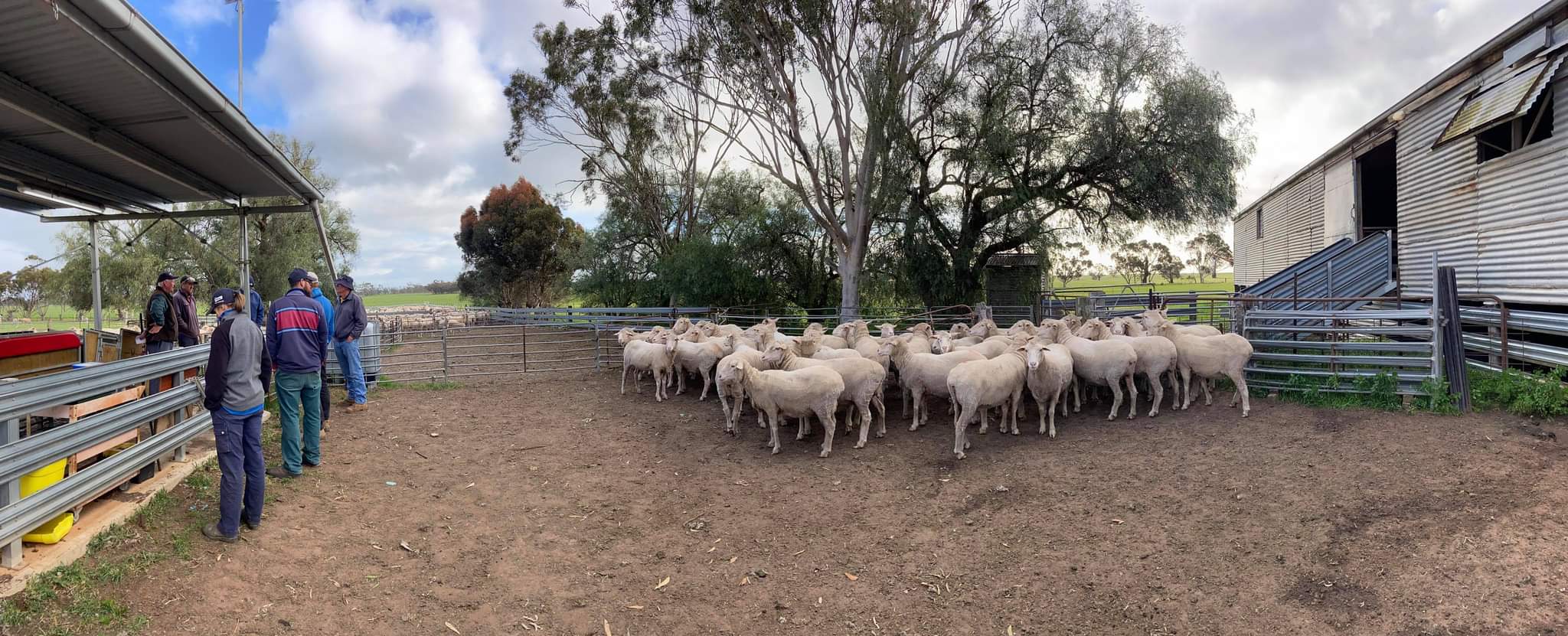
Landscape genomic analyses of Grampians Region biodiversity
Lead organisation – Deakin University
Climate change and habitat disturbances continue to threaten the persistence of biodiversity in both aquatic and land ecosystems. Conservation of natural biodiversity relies largely on the protection and connectivity of key bioregions and refugia, and management strategies that maximise the environmental resilience of native flora and fauna.
This project delivered a multispecies map of genetic structure for the Grampians Region, enabling land managers to identify contemporary patterns of connectivity among wildlife communities, isolated and genetically depauperates species populations in need of intervention, and genetically diverse refuge that require prioritisation for protection.
Other Climate Adaptation Projects
Climate Eyes 2022: we saw, we learnt, we survive
Wimmera residents survived the 10-year Millennium drought. They lived through water supplies dipping to 3%, crops failing, kids not experiencing lawns, sprinklers or rain. Living through that period was sometimes depressing and sometimes demoralising but locals soldiered on adapting and adopting new ways.
They learnt the importance of resilience, mental health, water savings, shade, drought farming, and thinking outside the square. The report “Climate Eyes 2022: we saw, we learnt, we survive’ presents practical tips and shared personal stories that will help others across Australia stand together when the impacts of climate change hit hard in their communities.
Greenlinks
Lead organisation – Hindmarsh Shire Council
Project Partner – Barengi Gadjin Land Council
Hindmarsh Shire Council has been establishing outdoor public spaces along the Wimmera River that provide respite for residents and visitors of Dimboola and Jeparit during extreme heat events.
Over 700 trees, shrubs, ground covers and grasses have been planted creating heat refuges, a place to go where shade and cooling are provided naturally by trees and plants.
In addition the project has social benefits, including linking the towns of Dimboola and Jeparit, providing spaces where local residents and visitors can gather, socialise and learn more about climate adaption and resilience.
More information on Climate change adaptation stories visit Climate Change Victoria.

Subscribe to our mailing list

RCAG Members Login
Acknowledgements
We acknowledge the First Nations Peoples of the land and waters that we live, care and work upon within the Grampians Region. We respect the continuous culture that has been embedded into history for thousands of years. We pay our respects to all Aboriginal and Torres Strait Islander people.
